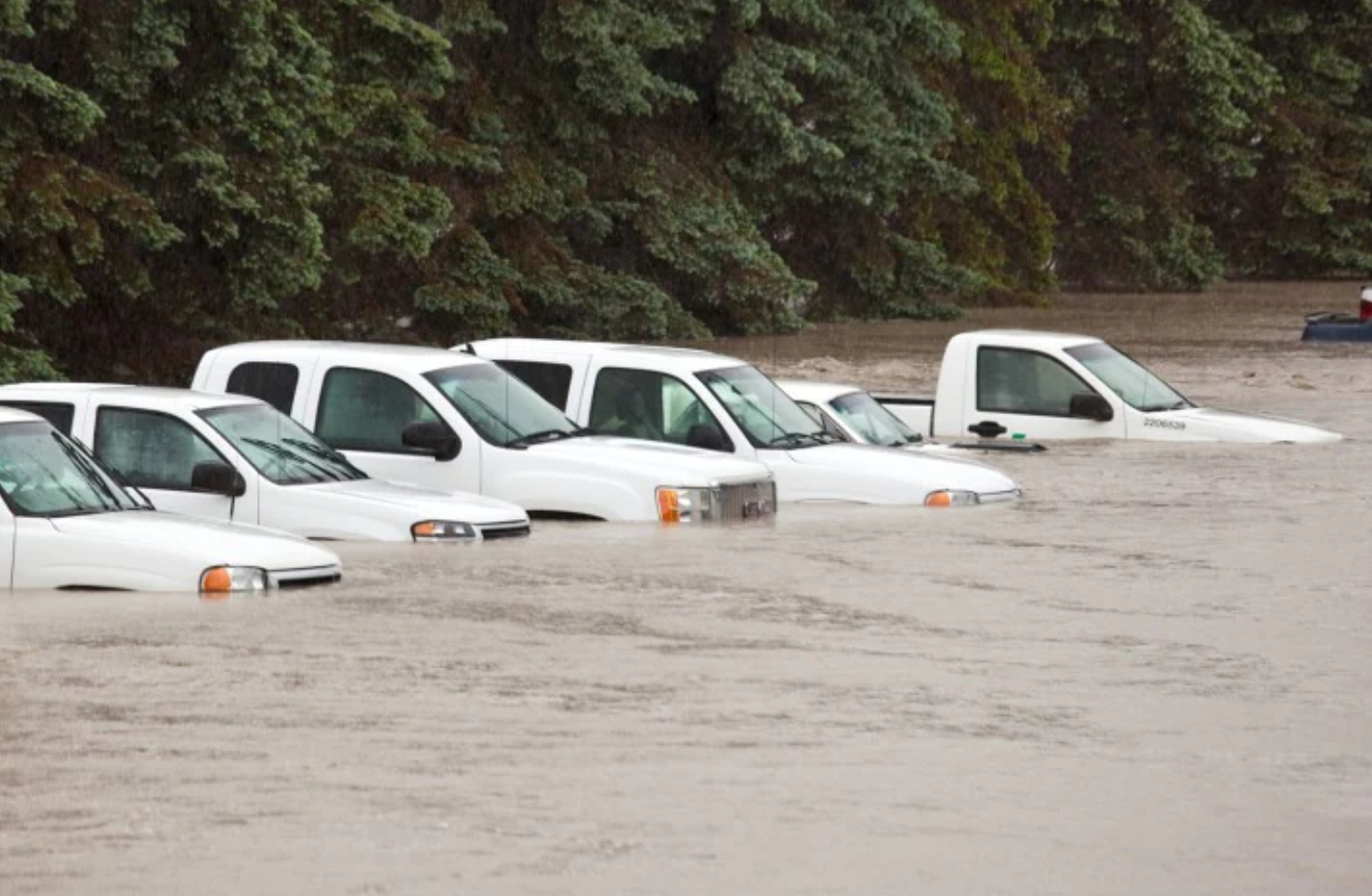If you’re thinking of buying a car soon, you might want to consider waiting until the floodwaters recede.
Flooding can cause major damage to a car, and it’s not just water that can get inside. Sand, mud, and debris can all cause serious problems.
If you’re in the market for a new car, you can check to see if it’s been affected by flooding. If the car has flood damage, it might not be worth buying.
You can also look for car dealers who are working to help flood victims. These dealers may have reduced prices or special offers available.
If you decide to buy a car during the flood, be sure to ask the dealer about the car’s condition. Don’t buy a car if you’re not sure it’s safe to drive.
What are the disadvantages of flooded cars?
Flooding is something that can happen to cars in a variety of ways. Whether it’s from a natural disaster or from a human-made event, it can have a number of consequences.
One of the most common consequences of flooding is that the car’s electronics may become damaged. The water can cause the car’s sensors to malfunction, and the electrical systems may become overwhelmed. This can result in a loss of power to the car’s essential systems, including the brakes and the engine.
Another consequence of flooding is the fact that the water can cause the car to become stuck. If the water is deep enough, it can reach the car’s engine and become trapped there. This can cause the car to restart multiple times, and it can also damage the engine.
Flooding can also damage the car’s exterior. The water can cause the paint to peel off, and it can also cause the car to rust.
One of the biggest disadvantages of flooding is the fact that it can damage the car’s interior. The water can cause the car to become wet, and it can also cause the floor to become wet. This can lead to moisture accumulating in the car’s interior, and it can also cause the car to become damaged.
Flooding can also cause the car to become unusable. The water can damage the car’s steering and suspension, and it can also damage the car’s engine.
If you’re experiencing any of the consequences of flooding in your car, it’s important to get it fixed as soon as possible. Flooding can cause a lot of damage, and it can be difficult to repair. If you don’t get your car fixed, you may find that it’s impossible to use it.
Surface Inspection Level
If you’re like most people, you probably don’t think much about car safety. But if you’re in the market for a new or used car, it’s important to take a few moments to consider flood safety.
Flooding is a serious danger in any vehicle, but it’s especially important to be aware of the dangers posed by floods in cars. Here are four tips to help you avoid buying a car that’s been in a flood:
1. Check the inner contours of your vehicle’s seat belts. Flooding can cause the seat belts to tightened, cutting off oxygen to the driver and potentially causing serious injury.
2. Sniff and look around for a damp or mildew smell. Flooding can cause items in the car to become wet and moldy, and the smell of mold is a clear indication that the car has been in a flood.
3. Start the car. It’s that simple. If the car won’t start, it’s probably because the electrical system has been damaged by the flood. By starting the car, you can determine if there is any electrical damage and, if so, whether it’s worth repairing.
4. Consider the car’s title and registration. If the car has been in a flood, it may not be able to be registered or titled. In some cases, the car may have to be destroyed in order to remove it from the flood zone.
By taking a few simple precautions, you can protect yourself and your vehicle from the dangers of flooding.
Level of Internal Detail Check
If you’re thinking about buying a car, it’s important to be aware of the signs of a flooded car. Flooded cars are a common problem, and can cause serious damage to your engine. Here are four signs to look for to avoid buying a flooded car:
1. Moisture seeping into the engine. This is the most obvious sign of a flooded car. If the engine is wet, it means that water has been seeping into the engine. This can damage the engine, and may even cause it to fail.
2. The color of the engine oil. Engine oil should be a dark color, indicating that it has been well-maintained. If the oil is light in color, it means that the engine has been flooded, and the oil may not be able to withstand the harsh conditions of the engine.
3. Rusty or brand new screws and springs. If the screws and springs are rusty, this means that the car has been in a flood for a long time. The screws and springs may also be brand new, but they will be rusty after being in the flood for a long time.
4. Damp or brand new air filters. If the air filters are damp, this means that water has been seeping into the car.
By being aware of these signs, you can avoid buying a flooded car. If you’re still concerned about buying a car, be sure to take it to a mechanic to have it checked out.
Conclusion
If you are in the market to buy a car, be sure to avoid flooded cars. Flooding is a common problem with cars, and it can cause serious damage. By being aware of the signs of a flooded car, you can avoid getting stuck with a car that is not in a condition you are comfortable with.

